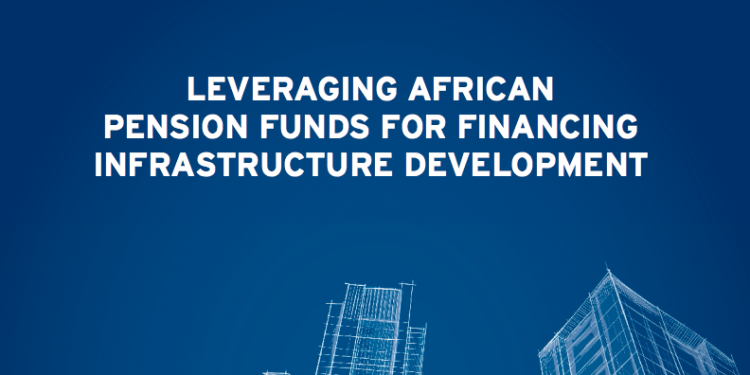By George Bodo
As the public debate around Standard Gauge Railyway (SGR) funding and its attendant costs continues to emit varied nuances, the broader debate we need to have is whether the exchequer can continue funding large infrastructure projects without exerting significant pressures on the fiscus.
On October 2, 2018, I spoke at the East Africa gathering of Bonds, Loans and Sukuk, an event that brings together debt market players (both sell and buy sides). The thrust of the funding discussions gravitated around the role of pension industry in providing liquidity for infrastructure financing. The funding question also descends into the ongoing debate around the recently statutized National Housing Development Fund which is meant to help the State realise its affordable housing agenda.
It will be funded through a defined contributory scheme in which an employee will contribute 50 basis points of their income with the employer expected to match it-upto to a maximum of sh5,000 (or just about $50). But the scheme and concerns expressed on the scheme from different quarters stems from the fact that, on the face of it, it appears to lack sufficient ringfencing mechanisms. But that notwithstanding, it can best be viewed as a Stately response to a market failure; a failure that has been incubated by a misalignment in goals between infrastructure project sponsors and pension liquidity.
Kenya’s pension fund industry has come of age, with total assets, for the first time, crossing the Sh1 trillion (or $10bn) mark in 2017, from a measly Sh44 billion in 2001 (or the equivalent of $600 million at the time). Expectedly, investments are still dominated by traditional assets, namely Government securities (Treasury bonds and bills), quoted equities (stocks) and property. Indeed, the three traditional asset classes accounted for 77 percent of the pension funds’ investments at the close of 2017. Not such a great cocktail, right?
There is a narrative behind the cocktail. Pension funds are constantly faced with a trilemma-Profitability, Liquidity and Security. Profitability is all about investing to achieve highest returns, liquidity rotates around the ability to answer to liabilities as at and when they fall due; and security is all about capital preservation. In short, pensions don’t hold risk capital.
Additionally, pension funds are overseen by a group of persons known as trustees, who are persons appointed by a pension scheme to hold a scheme’s assets for the benefit of scheme members. At the core of it, they make investment decisions, in conjunction with fund managers. However, in a lot of cases, the trustees’ dexterity in matters investments may not be sound, yet they are expected to build and preserve pension wealth. On the sell-side, project sponsors are driven by a single objective-to secure funding, contemptuous of bankability of their projects. Really they often pay little attention. Resultantly, this misalignment designates the Sh1 trillion pension funds as liquidity so near, yet so far.
Broadly, it is clear that pension funds need to play a leading role in large infrastructure financing-such as housing. It is still a matter of public debate on how to bridge this divide-and I have few ideas. From closed-door debates, such as the Bonds, Loans and Sukuk forum, project sponsorships must now entail a series of addressing the pension funds’ trilemma.
In other words, projects must be significantly de-risked in order to enhance their bankability. Part of the solution involves wrapping the projects with enhanced credit guarantees from Sovereigns or other AAA-rated corporate guarantee providers. Such wraps provide second line defense incase first line defense, which are project cashflows and charges (fixed of floating) on project assets, are breached-and go a long way in addressing the security component of the trilemma.
Further, there is no doubt that project internal rates of return (IRR) are attractive, given their risky nature; however, according to pension funds, projects must also address liquidity turnaround component of their trilemma. The nature of pension is such that you always have to answer to liabilities as they fall due. For real estate projects, a real estate investment trust (REIT) offers the turnaround. However, it remains a tough call for non-real estate projects-such as roads, airports or power projects. Quite broadly, this lack of liquidity points to a need for a public secondary loans market. Such a market can offer an on-demand exit for a wide variety of loans, such as project loans.
Effectively, project sponsors, whether Sovereign or private, must crack this nut and present the best structure to pension funds. Otherwise it is quite evident that there exist a misalignment in goals between project sponsorship and pension funds that will continue to make pension liquidity appear so near yet so far.
A summarized version of this article first appeared in the Business Daily’s Market Curve Column on October 5, 2018.




